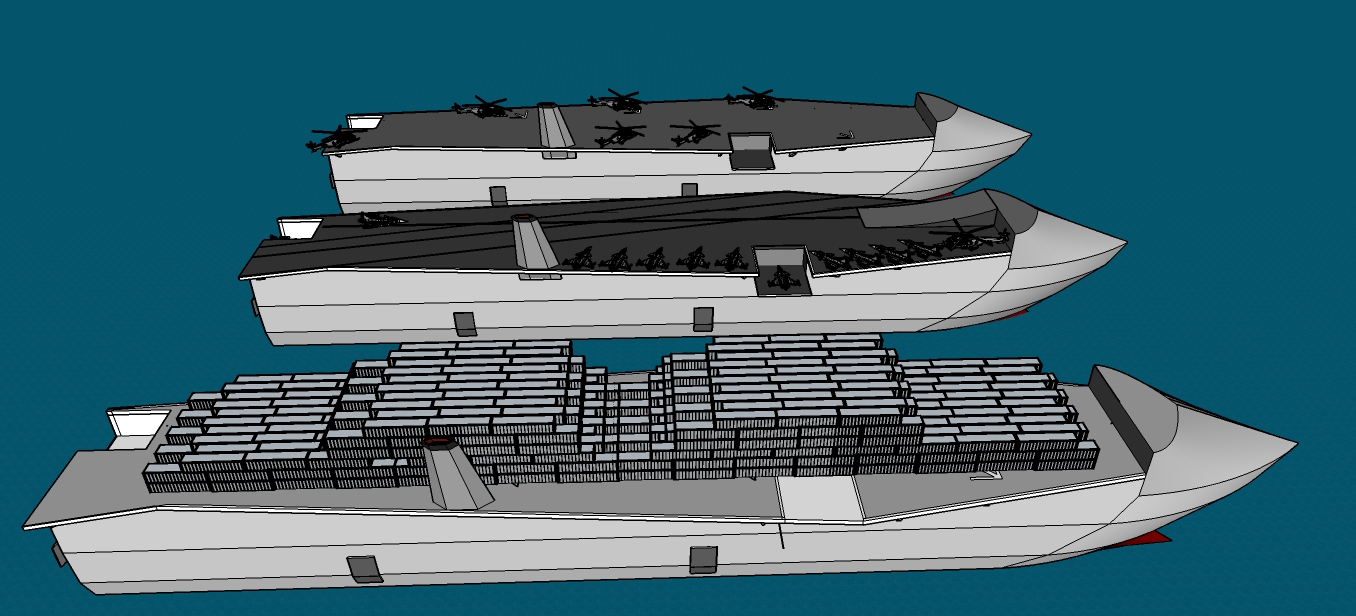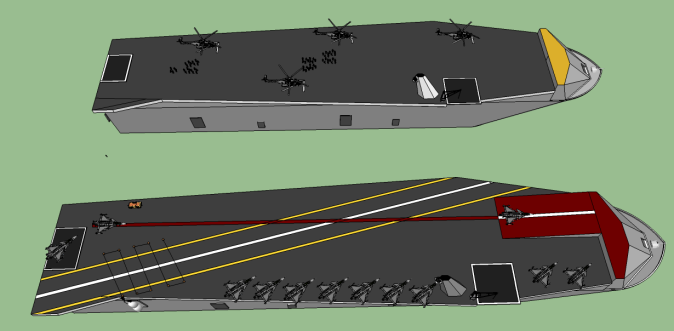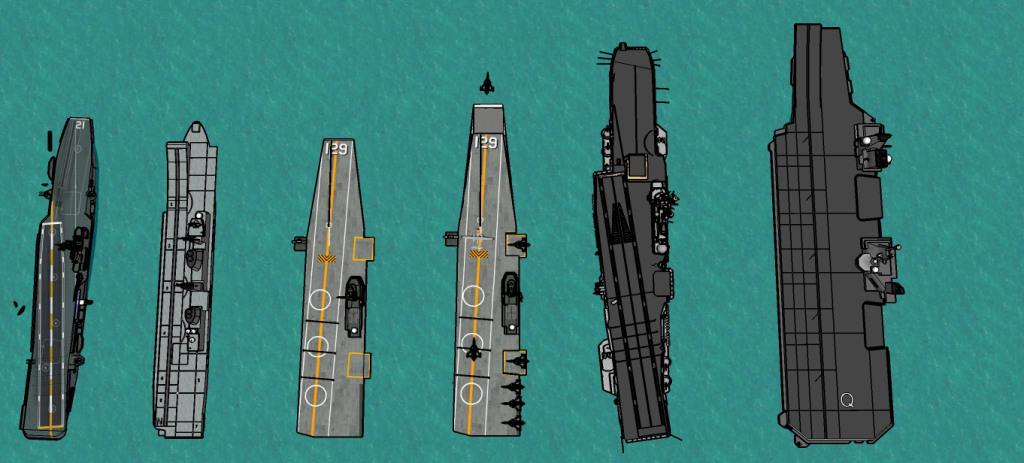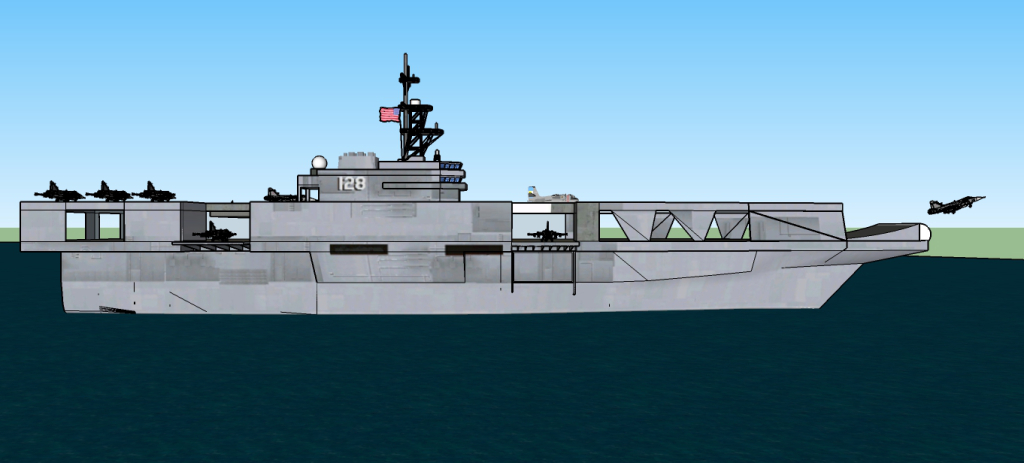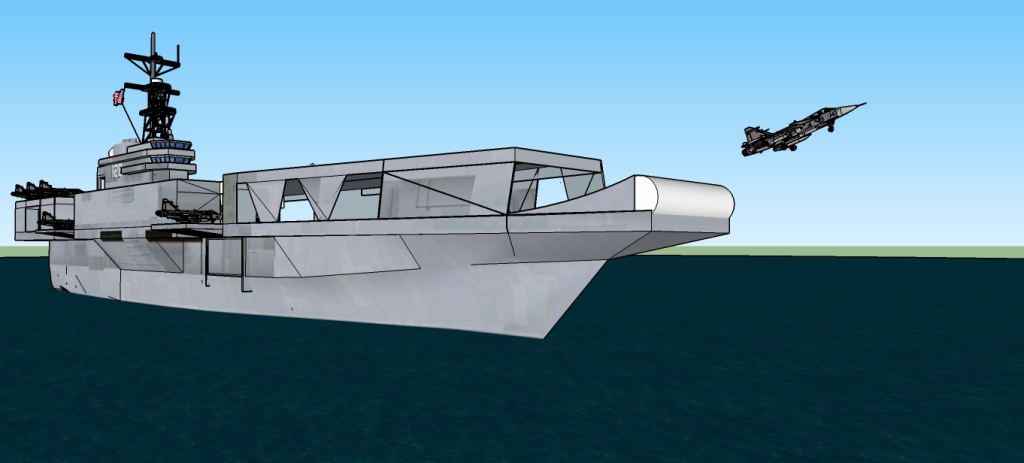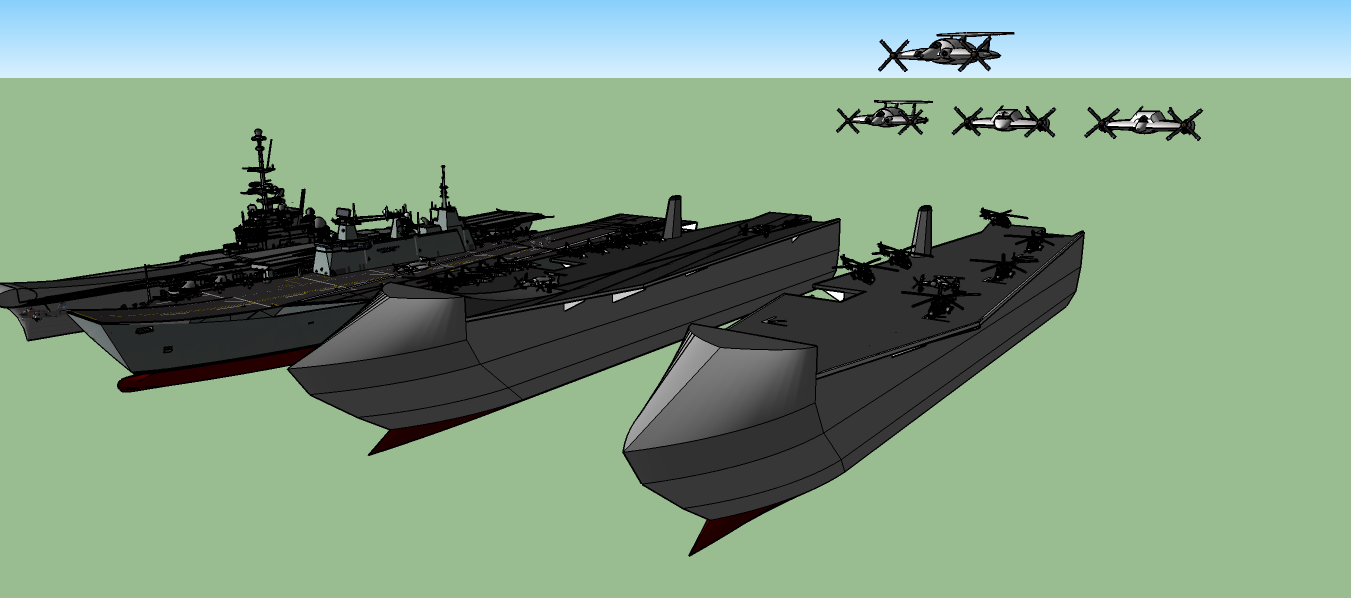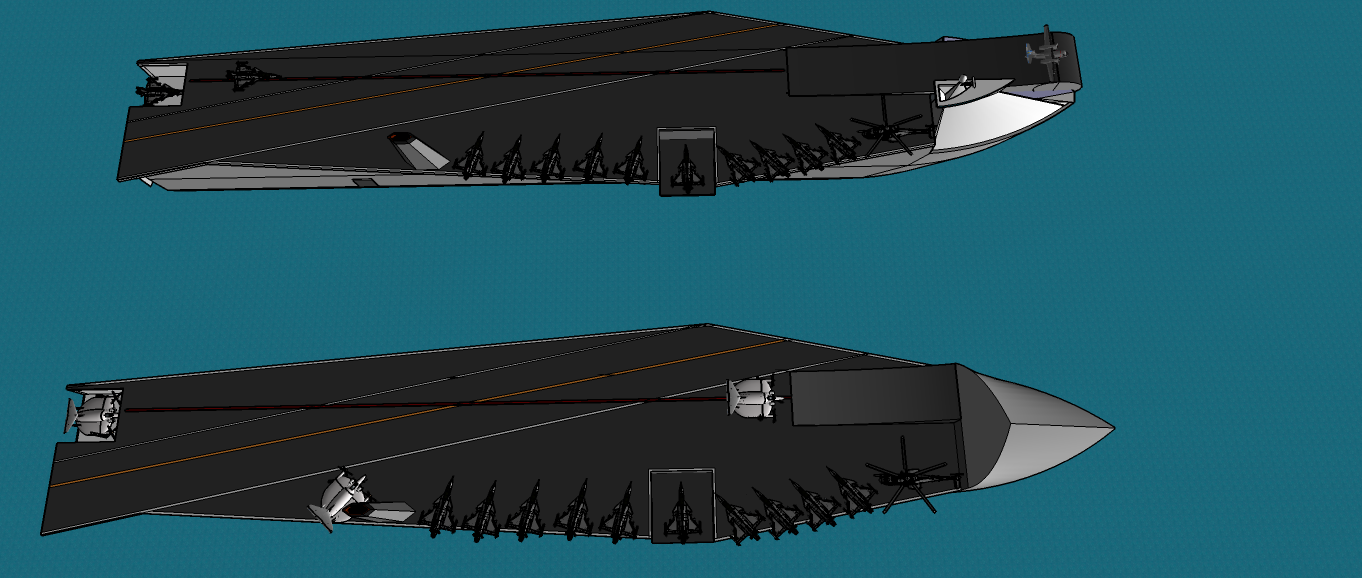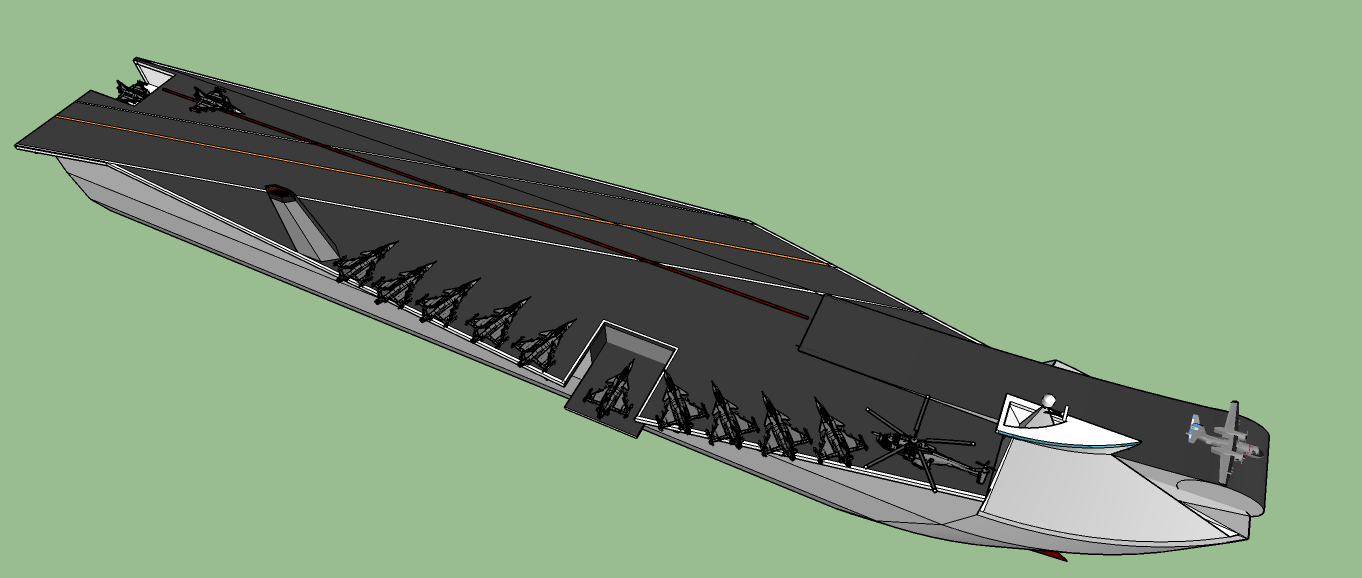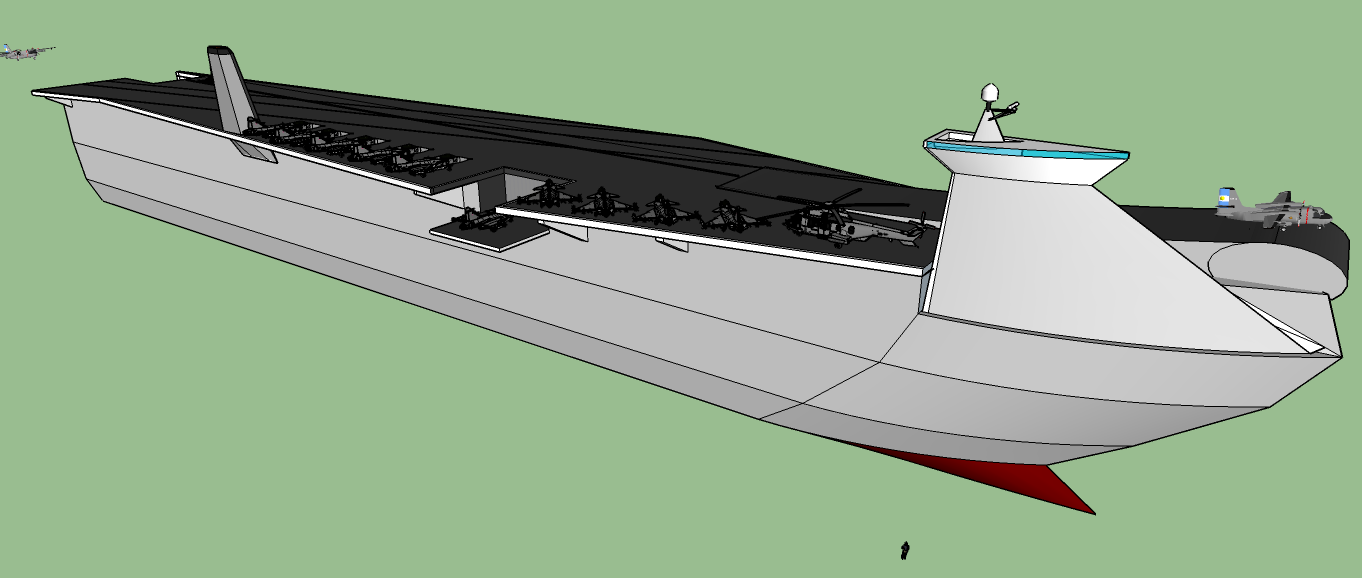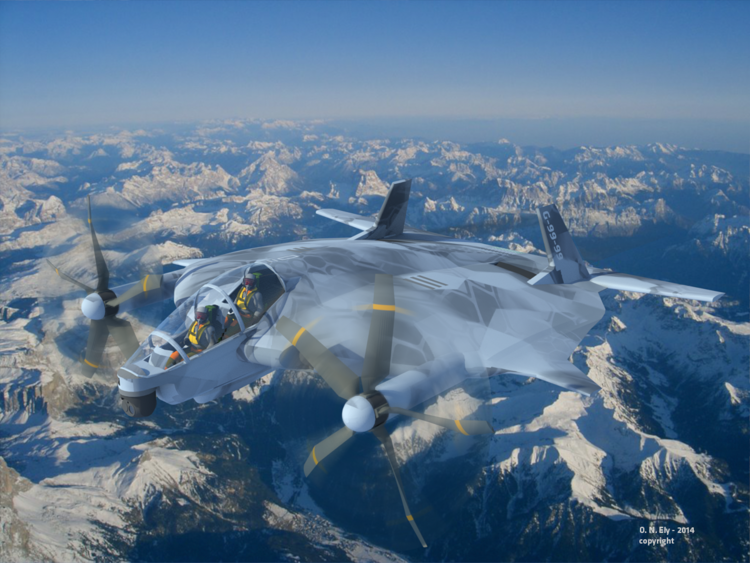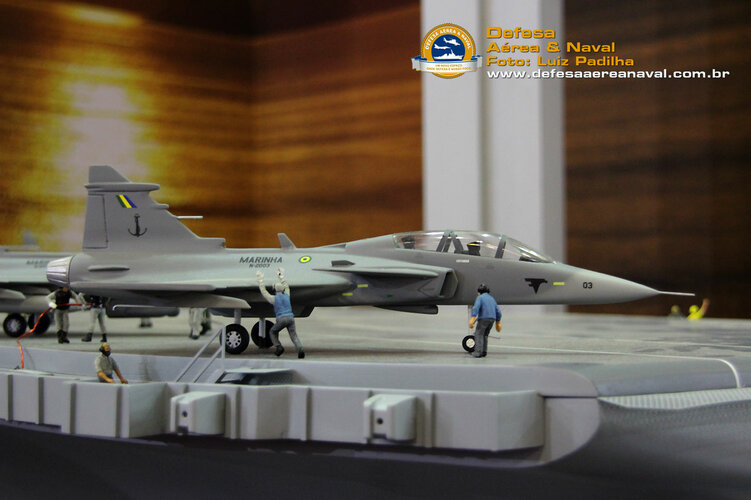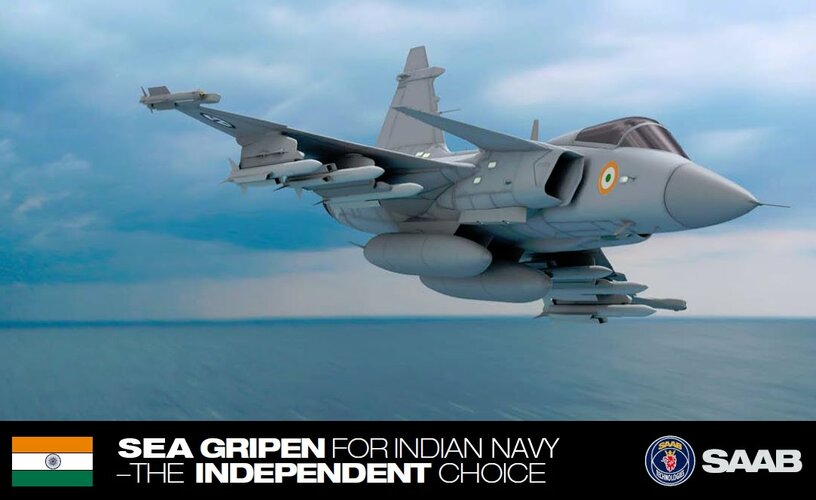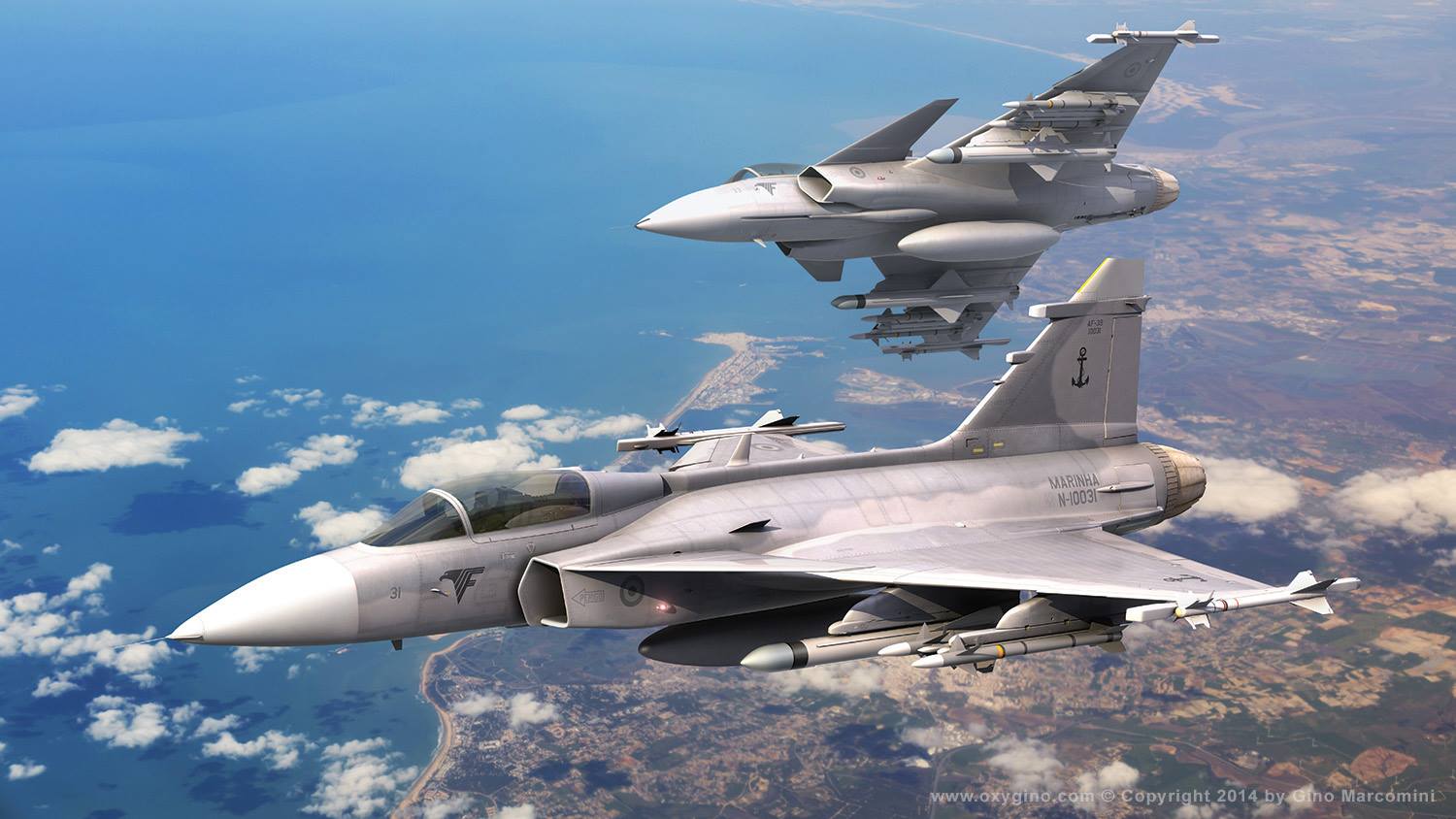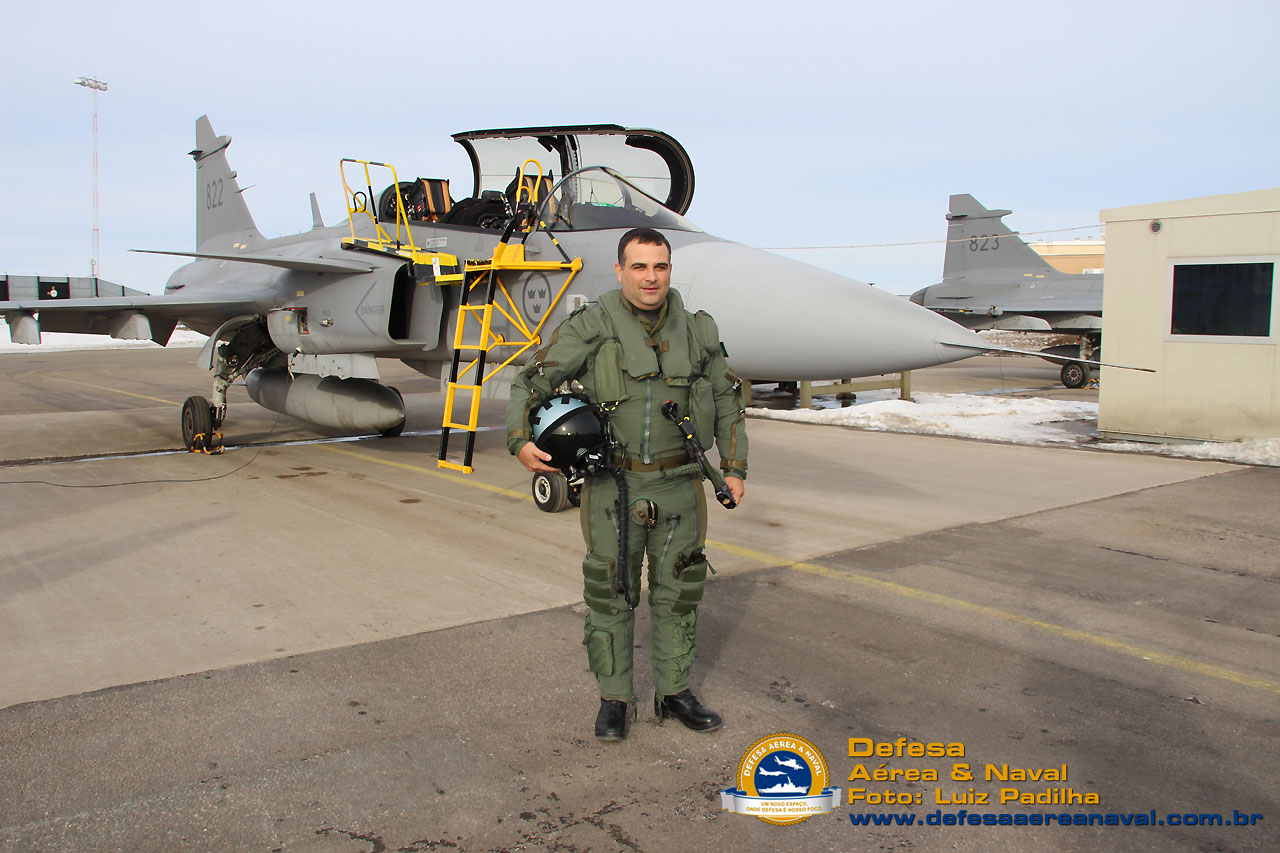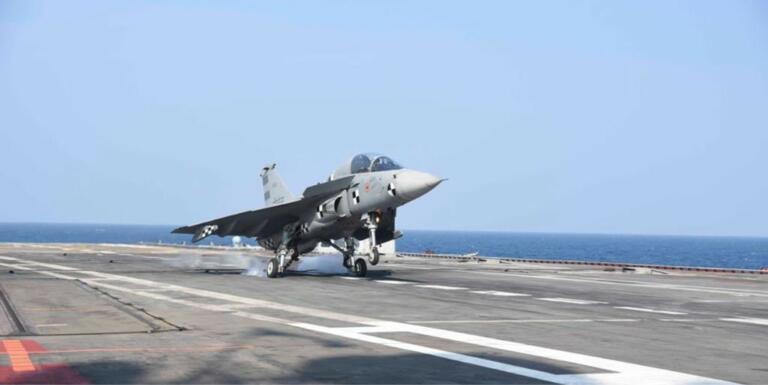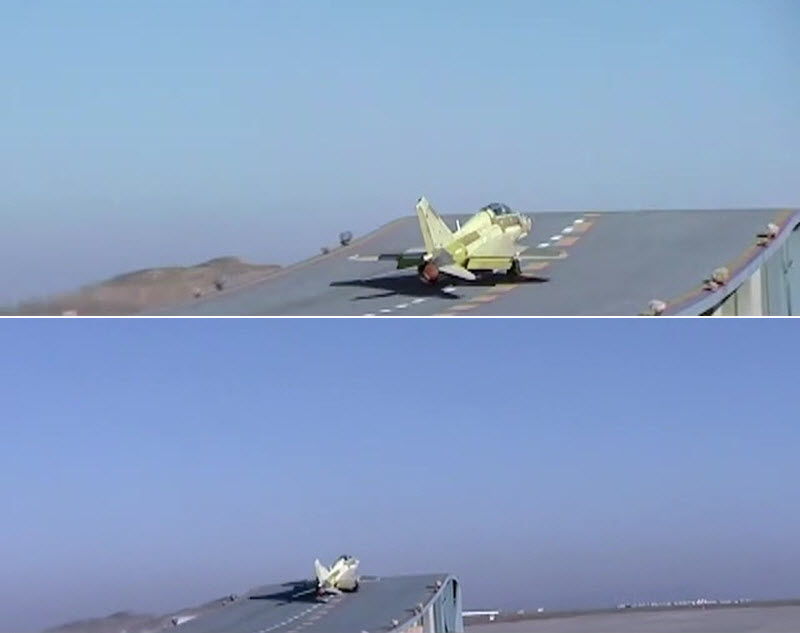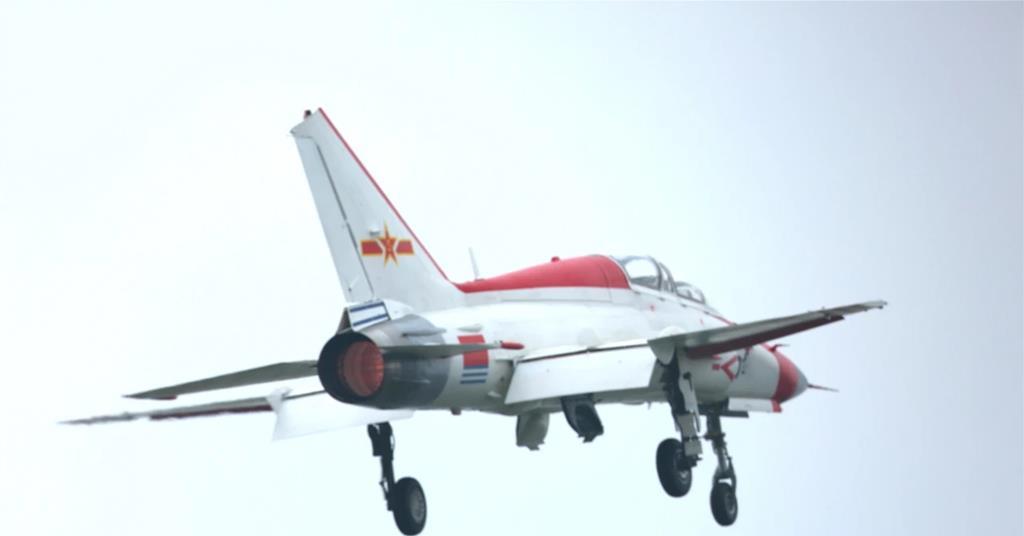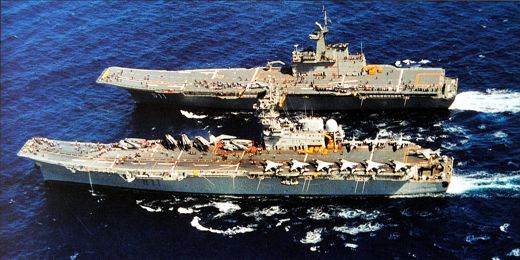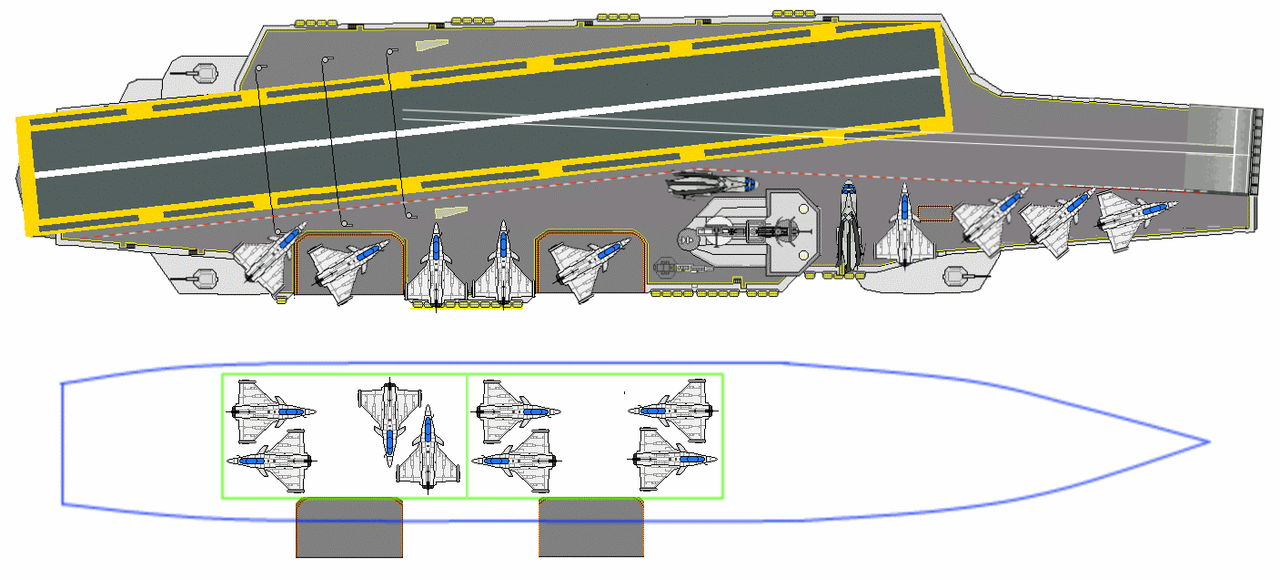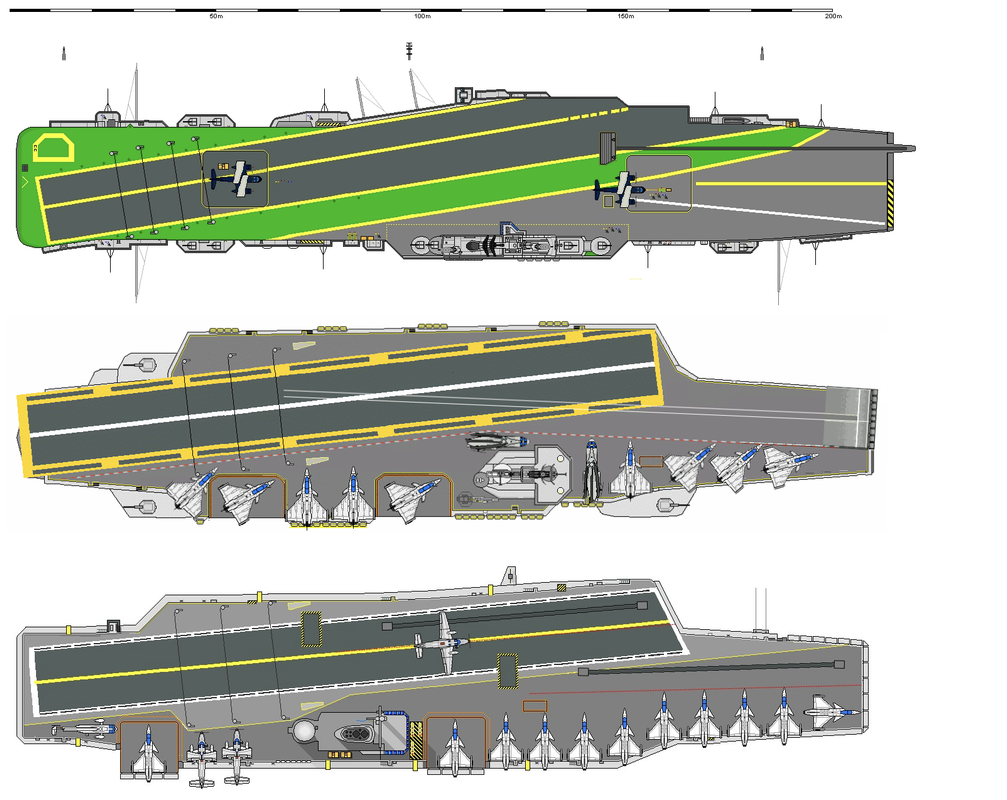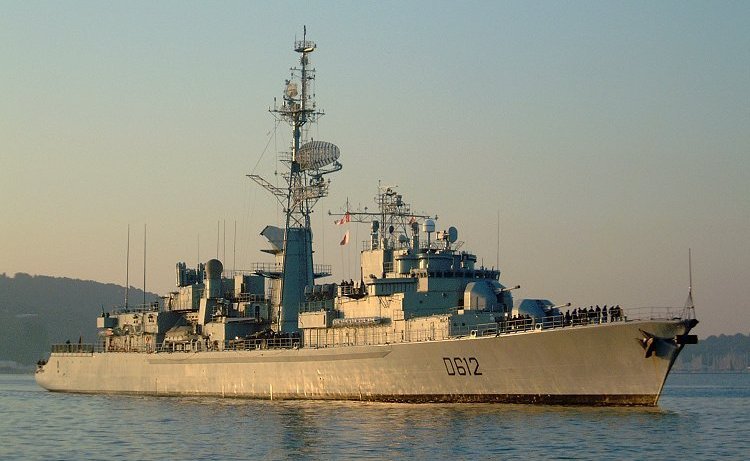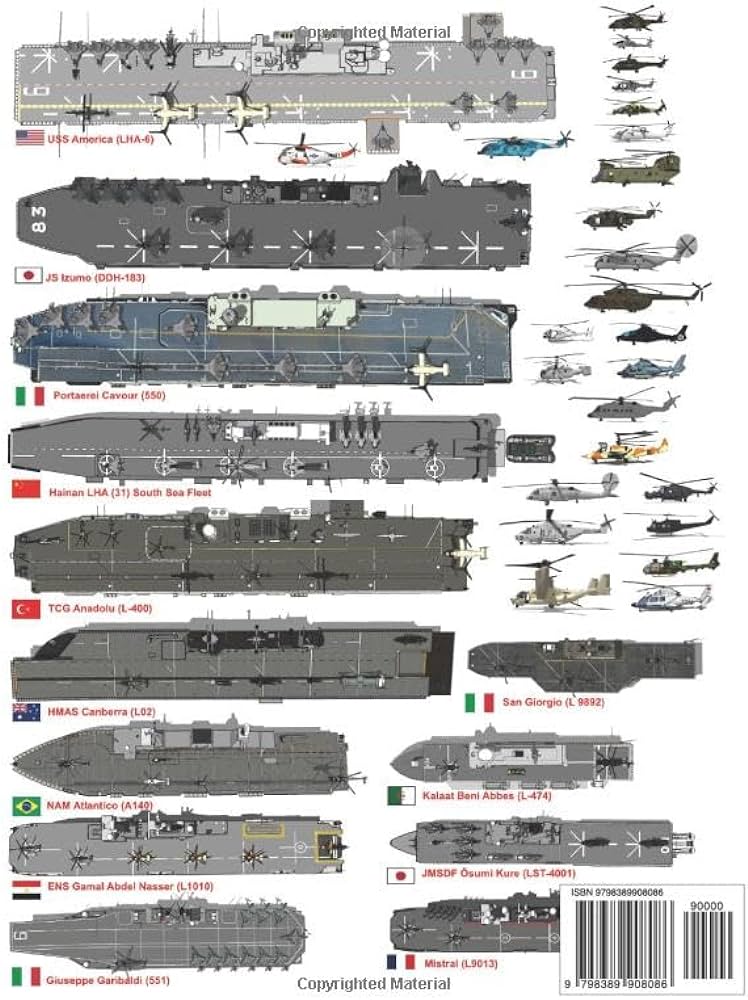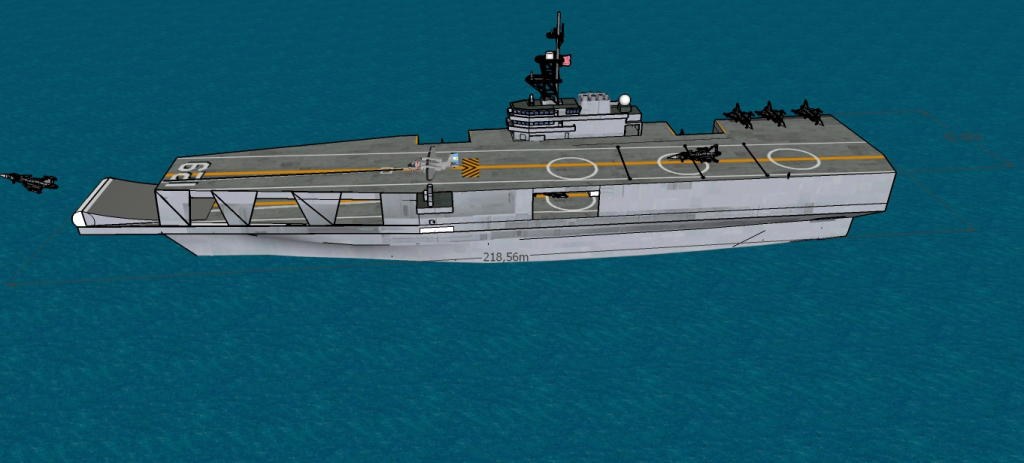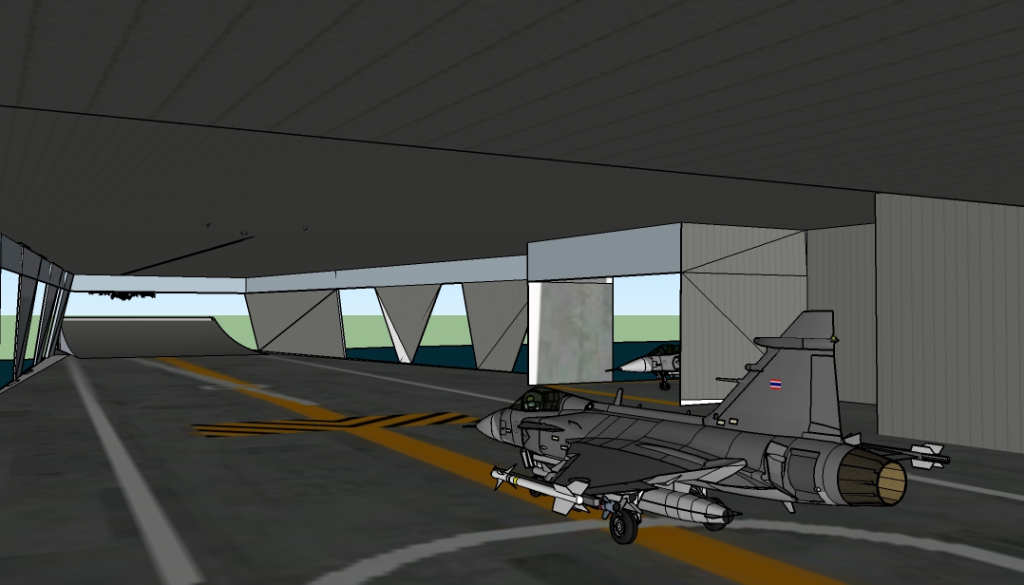@F.L. The angled deck is too short for any modern jet aircraft. You need to factor in the following minimum dimensions, which are driven by the basic physics of the approach slope / ramp safety height and energy required to stop a 10-15t aircraft:
Ramp to target wire (HMAS Melbourne): 45m / 150ft
Wire to wire: 10m / 30ft
Wire runout (Essex class): 70m / 230ft
Aircraft length (+space to turnaround): 20m / 60ft
Total angled deck length: 145m / 480ft
That’s the bare minimum, same as HMAS Melbourne, with no safety margins. The Essex class angled deck was 520ft (158m) and the Clemenceau was 540ft (165m). You can use my SAC-185 drawing which is 510ft (155m).
Seems like your angled deck is only ~125m / 410ft so would need to be lengthened by at least 20m / 70ft. Also unlikely that the forward lift could be moved… I would keep it where it is.
Why not try with Principe de Asturias first and see if that is possible? PdA was decommissioned after only 25 years so in theory could have been bought by another navy and upgraded.
Ramp to target wire (HMAS Melbourne): 45m / 150ft
Wire to wire: 10m / 30ft
Wire runout (Essex class): 70m / 230ft
Aircraft length (+space to turnaround): 20m / 60ft
Total angled deck length: 145m / 480ft
That’s the bare minimum, same as HMAS Melbourne, with no safety margins. The Essex class angled deck was 520ft (158m) and the Clemenceau was 540ft (165m). You can use my SAC-185 drawing which is 510ft (155m).
Seems like your angled deck is only ~125m / 410ft so would need to be lengthened by at least 20m / 70ft. Also unlikely that the forward lift could be moved… I would keep it where it is.
Why not try with Principe de Asturias first and see if that is possible? PdA was decommissioned after only 25 years so in theory could have been bought by another navy and upgraded.
Last edited:

